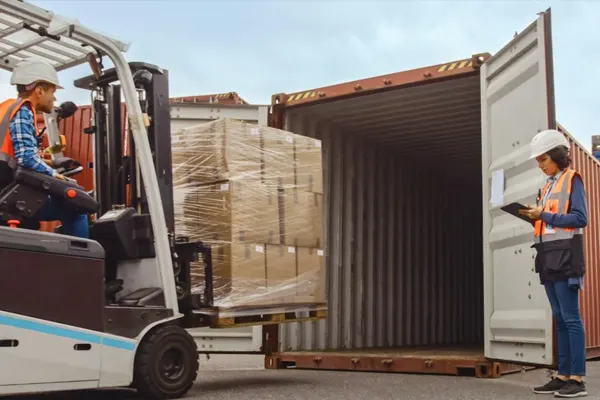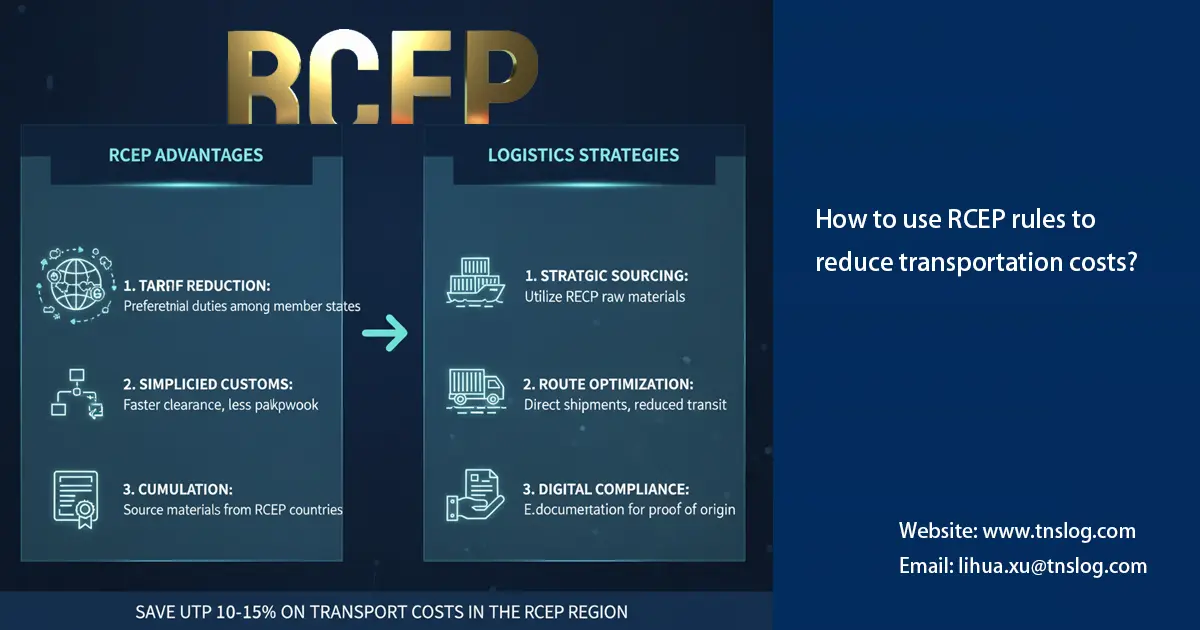How to Track Shipping Containers:
A Comprehensive Guide
In the global supply chain, shipping containers are the lifeblood of international trade. From electronics, machinery to clothing and consumer goods, these massive steel boxes transport billions of dollars worth of goods across oceans and continents. But how to track shipping containers to ensure that your cargo is safe and on schedule?
In this comprehensive guide, we’ll explore everything you need to know about tracking shipping containers, including the tools and technologies available, the benefits of real-time tracking, and tips on how to choose the best tracking solution for your needs.

Why Tracking Shipping Containers is Essential
Tracking shipping containers is more than just knowing where your cargo is at any given moment. It offers several critical benefits:
- Supply Chain Visibility:
Real-time tracking provides you with up-to-the-minute information about your cargo’s location, helping you monitor its progress and anticipate delays. - Enhanced Security:
Tracking systems can alert you to potential security breaches, such as unauthorized container openings, helping you protect your valuable cargo. - Improved Customer Service:
Providing your customers with accurate delivery estimates and timely updates enhances their experience and builds trust in your brand. - Cost Savings:
By identifying and addressing inefficiencies in the transportation process, tracking can help reduce costs related to delays, demurrage, and inventory management.
How to Track Shipping Containers : Tools and Technologies
There are several methods available for tracking shipping containers, each with its own set of features and advantages. Here’s a look at the most commonly used technologies:
- Container Tracking Software:
Many logistics companies offer specialized software that allows you to track your containers in real time. These platforms typically integrate with shipping lines and provide a centralized dashboard where you can monitor all your shipments.
For example, SEARATES/FREIGHTOS/Container x Change - GPS Tracking Devices:
GPS tracking devices are often attached to containers, providing real-time location data. These devices can be especially useful for monitoring high-value or sensitive cargo. - RFID (Radio Frequency Identification):
RFID tags are another popular option for tracking containers. These tags can be scanned at various checkpoints along the supply chain, providing updates on the container’s location. - Online Tracking Portals:
Most major shipping lines offer online tracking portals where you can enter your container number to see its current status and estimated arrival time.
For example:





Step-by-Step Guide to Tracking a Shipping Container
- Obtain Your Container Number:
The first step in tracking a shipping container is to have the container number on hand. This unique identifier is usually found on the container itself or in your shipping documentation. - Choose a Tracking Method:
Depending on your needs, select the appropriate tracking method—whether it’s using a shipping line’s online portal, container tracking software, or a GPS tracking device. - Enter the Container Number:
For online portals and software, simply enter the container number into the system to receive real-time updates on its location. - Monitor and Manage Alerts:
Many tracking systems allow you to set up alerts for specific events, such as when the container arrives at a port or if it deviates from its expected route. - Review Reports:
Most tracking solutions offer detailed reports that provide insights into the movement of your container, helping you analyze and improve your supply chain efficiency.

Choosing the Right Container Tracking Solution
Selecting the best tracking solution depends on several factors, including the nature of your cargo, the shipping routes you use, and your specific business needs. Here are some considerations:
- Real-Time vs. Periodic Updates:
Decide whether you need real-time updates or if periodic tracking is sufficient for your operations. - Integration with Existing Systems:
Ensure that the tracking solution you choose can integrate with your existing supply chain management software. - Cost-Effectiveness:
Consider the cost of the tracking solution relative to the value of the cargo and the potential savings from improved efficiency and security.

Tracking shipping containers is a crucial aspect of modern logistics, providing visibility, security, and efficiency in the global supply chain. By leveraging the right tools and technologies, businesses can ensure that their cargo arrives safely and on time, while also optimizing their overall supply chain operations.
Whether you’re new to container tracking or looking to upgrade your current system, understanding the available options and best practices can help you make informed decisions that benefit your business.
Ready to take control of your shipping operations? Contact US today to learn more about our container tracking solutions and how we can help streamline your supply chain
You may also be interested in

Navigating the Challenges of International Freight with TNS Log Services
Navigating the Challenges of International Freight with TNS Log Services nternational shipping is crucial to expanding a business, but it comes with plenty of challenges.

Understanding General Average in Marine Insurance
Understanding General Average in Marine Insurance In international shipping, General Average (GA) is one of the most important but often misunderstood concepts in marine insurance.

Logistics Expert In Furnitures Export From Malaysia
Logistics Expert In Furnitures Export From Malaysia As a logistics expert in furnitures export from Malaysia, TNS LOG provides comprehensive logistics solutions for exporting furniture.

How to use RCEP rules to reduce transportation costs?
How to use RCEP rules to reduce transportation costs? On January 1, 2022, the Regional Comprehensive Economic Partnership (RCEP) came into effect, marking the launch
